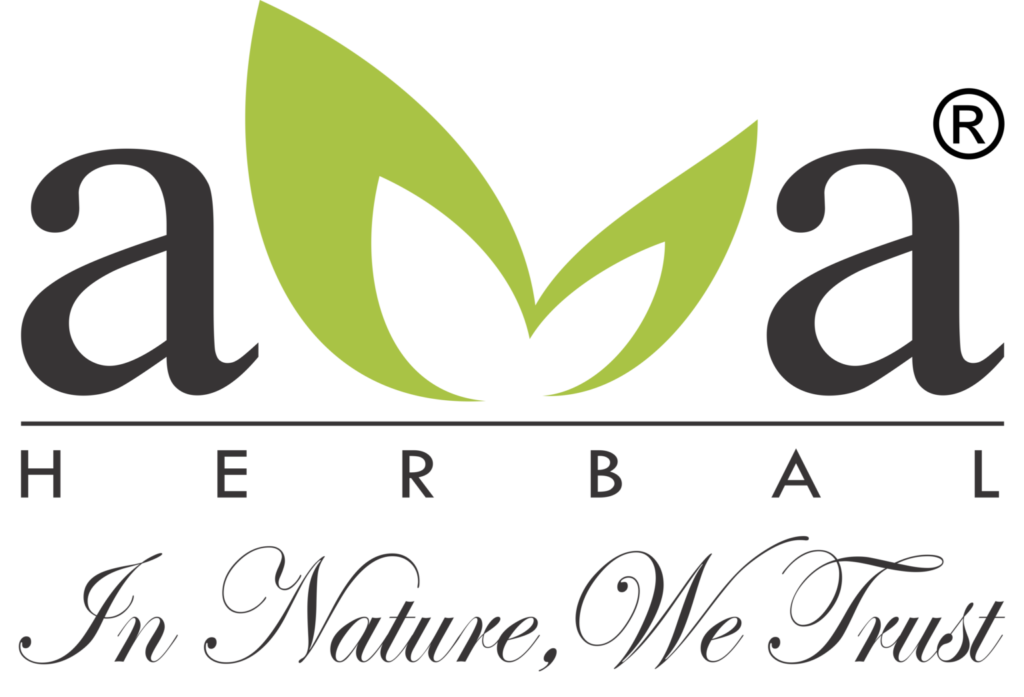WHAT ARE NATURAL TEXTILE DYES

Natural dyes are the colouring matter drawn from natural resources primarily used in dyeing and printing of textile & hair. They are also having their use in food, pigments, wall paint, wood, etc.
Natural Dyes are drawn from three resources:
1. Vegetable sources: Like flowers, barks of trees, leaves, roots, fruits, fruit rinds, stamps etc. This category is also known as Vegetable dyes.
2. Mineral sources: Some of the minerals are rich in colouring. They are directly used for colouring of textile; some of them include Hara Kashish, etc.
3. From Animals: We also draw natural dyes from animals. Most commonly two natural dyes are drawn from animals comprise Lac and Cochineal.
Before invention of World’s first chemical dyes in 1856 by Dr.Perkin in Germany, everything was coloured with natural dyes. Natural dyes had potential for being used in every surface that has had seen coloured from the ancient times.
How it is more environmental friendly to use natural dyes over low impact chemical dyes.
Natural Dyes are drawn from the natural resources and all process of extraction has been executed with water and it is 100% eco-friendly practice. Even remaining waste of extraction has of its use as a bio-fuel or fertiliser.
We are now using this waste for making colour powder or Natural Herbal Gulal i.e Non Toxic and Eco Friendly to play with naturals.
In many cases we are using `Best Out of Waste’ concept for making natural dyes and its waste material as a source which has combined unique properties to generate employment. For example- we use pomegranate fruit rind for extracting yellow and Pomegranate rind does not have any other significant use.
We are using Lac mud for extraction of pinkish / violet colour, which is a left over product from Shellac Industry and was drained out as of the waste, before extract form of natural dyes industries have started exploring it for making natural colour.
On the other hand, textile industry requires substantial amount of water in its manufacturing, dyeing and finishing process. Textile plants’ waste water is considered as the most polluted and contaminated. It contains saline properties and flaunts environmental savvy practices in many parameters e.g.
Chemical Oxygen Demand (COD),
Biochemical Oxygen Demand (BOD),
PH and Salinity.
In contrast, making of an extract form of natural dyes is an environmental savvy practice and generating rural empowerment in the developing countries.
Increase use of Natural Dyes at industrial level will definitely reduce the harmful effluent load coming out from the chemical dyeing industry.
